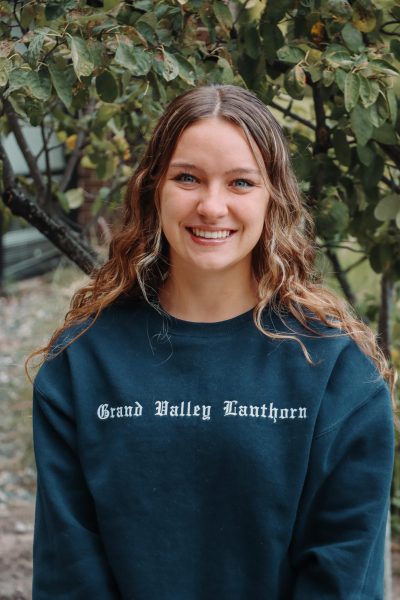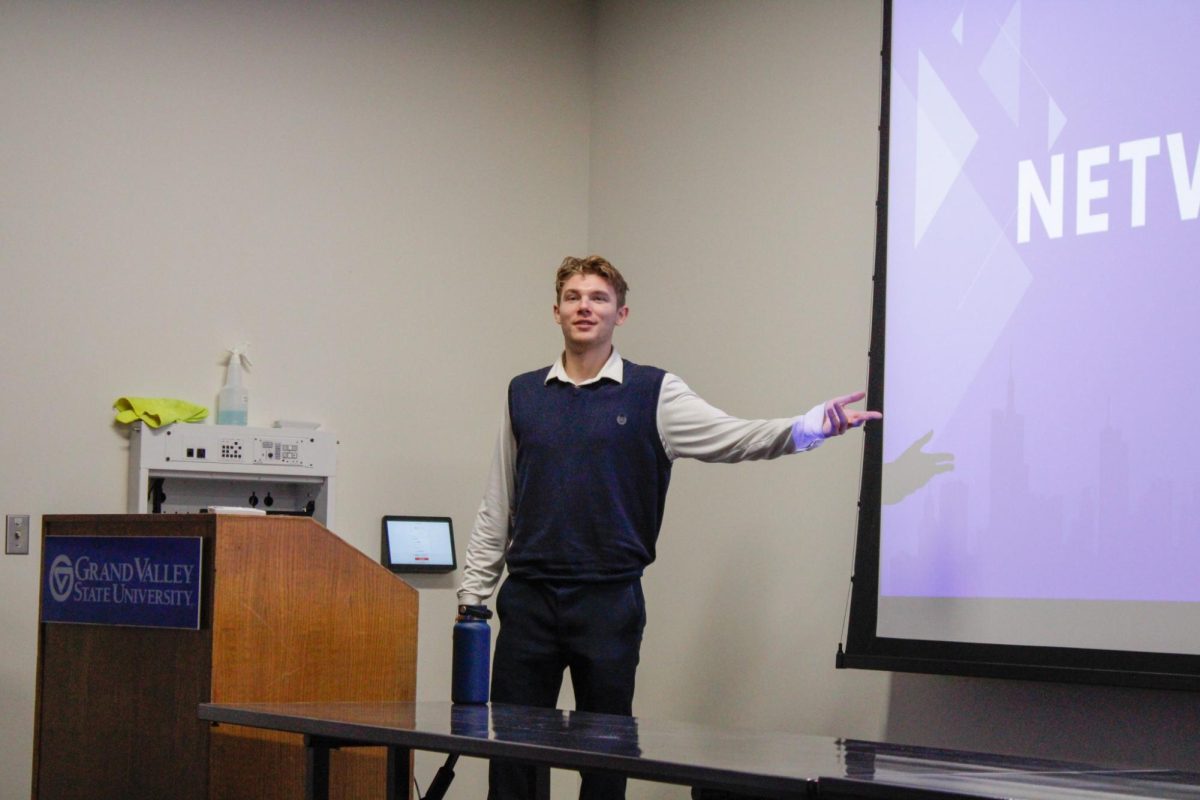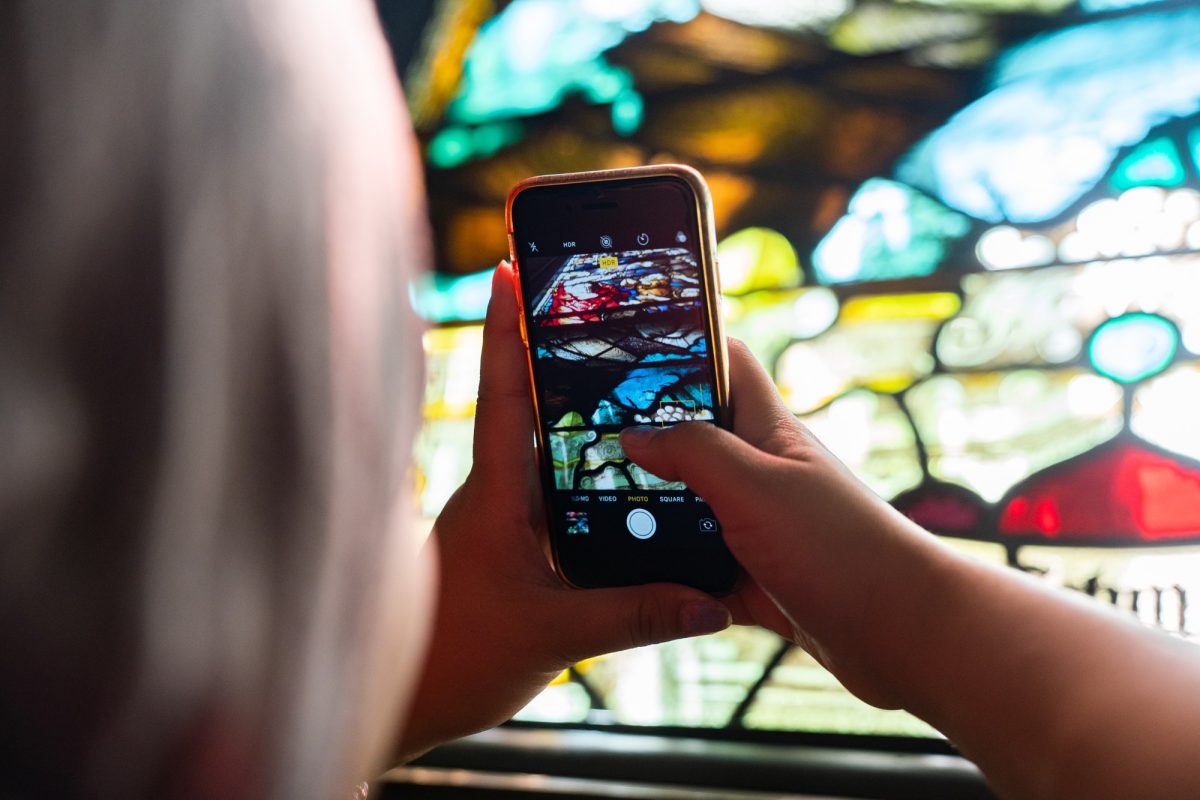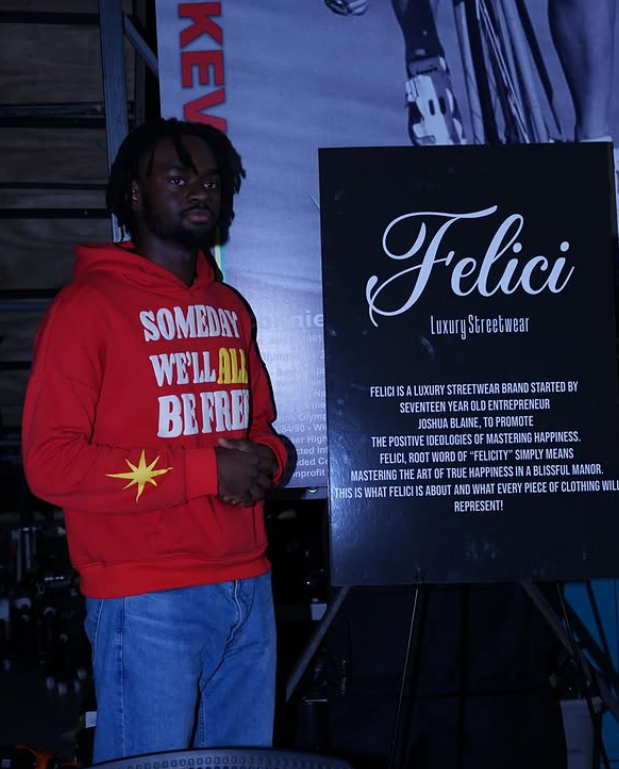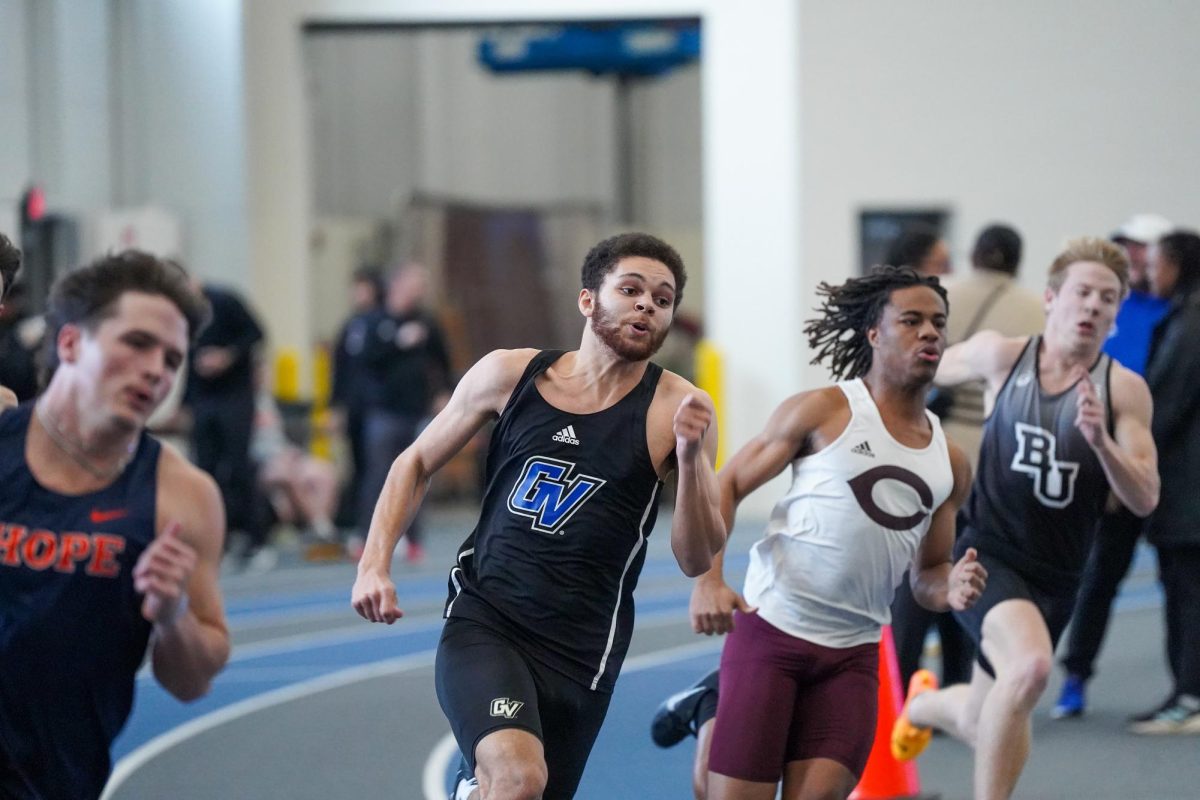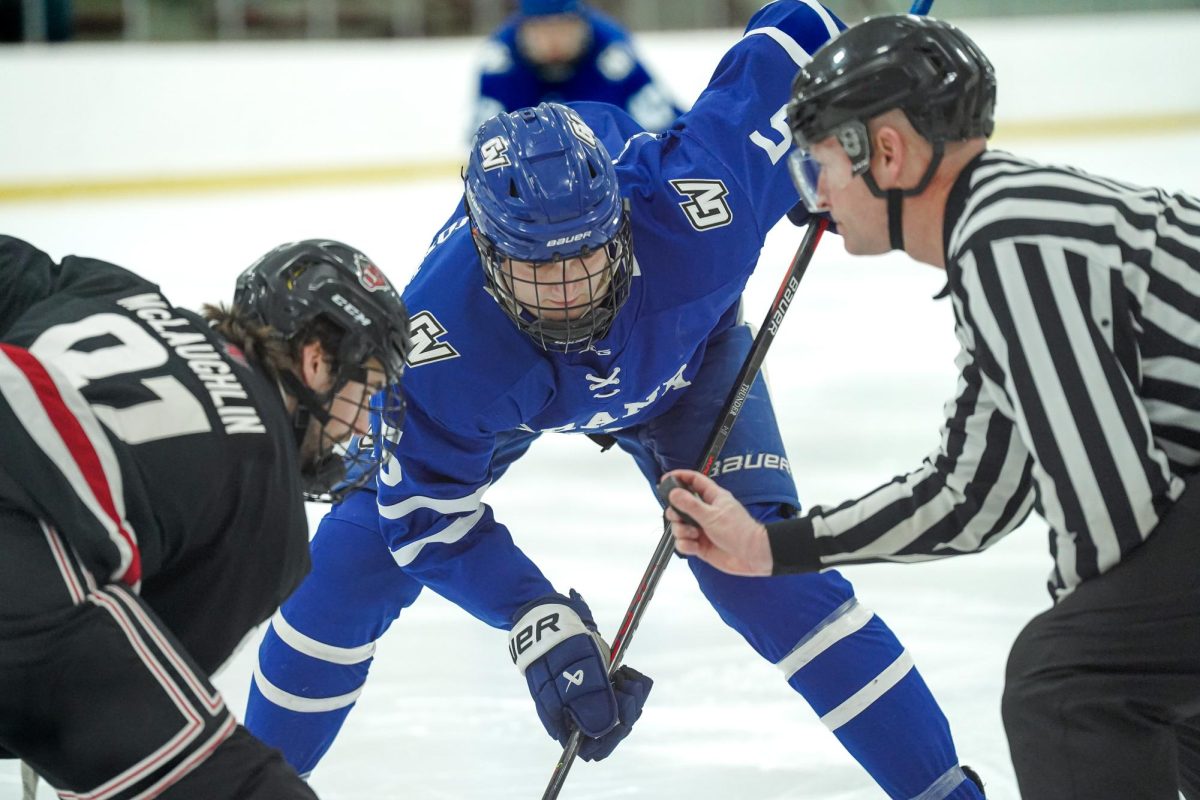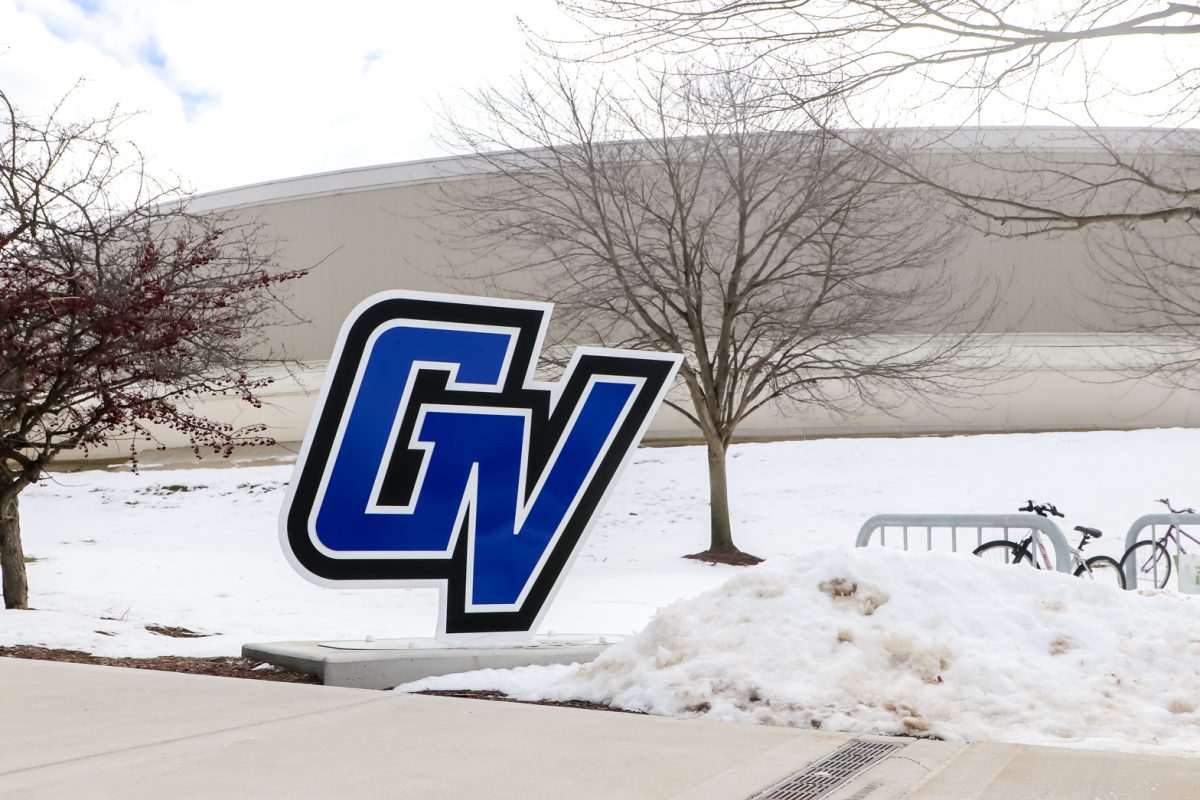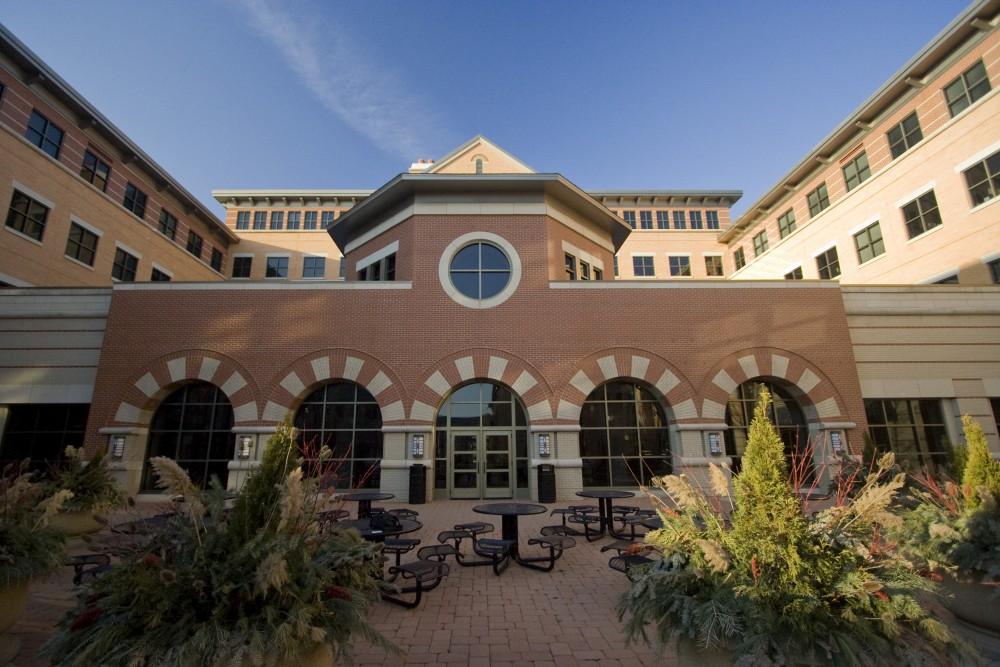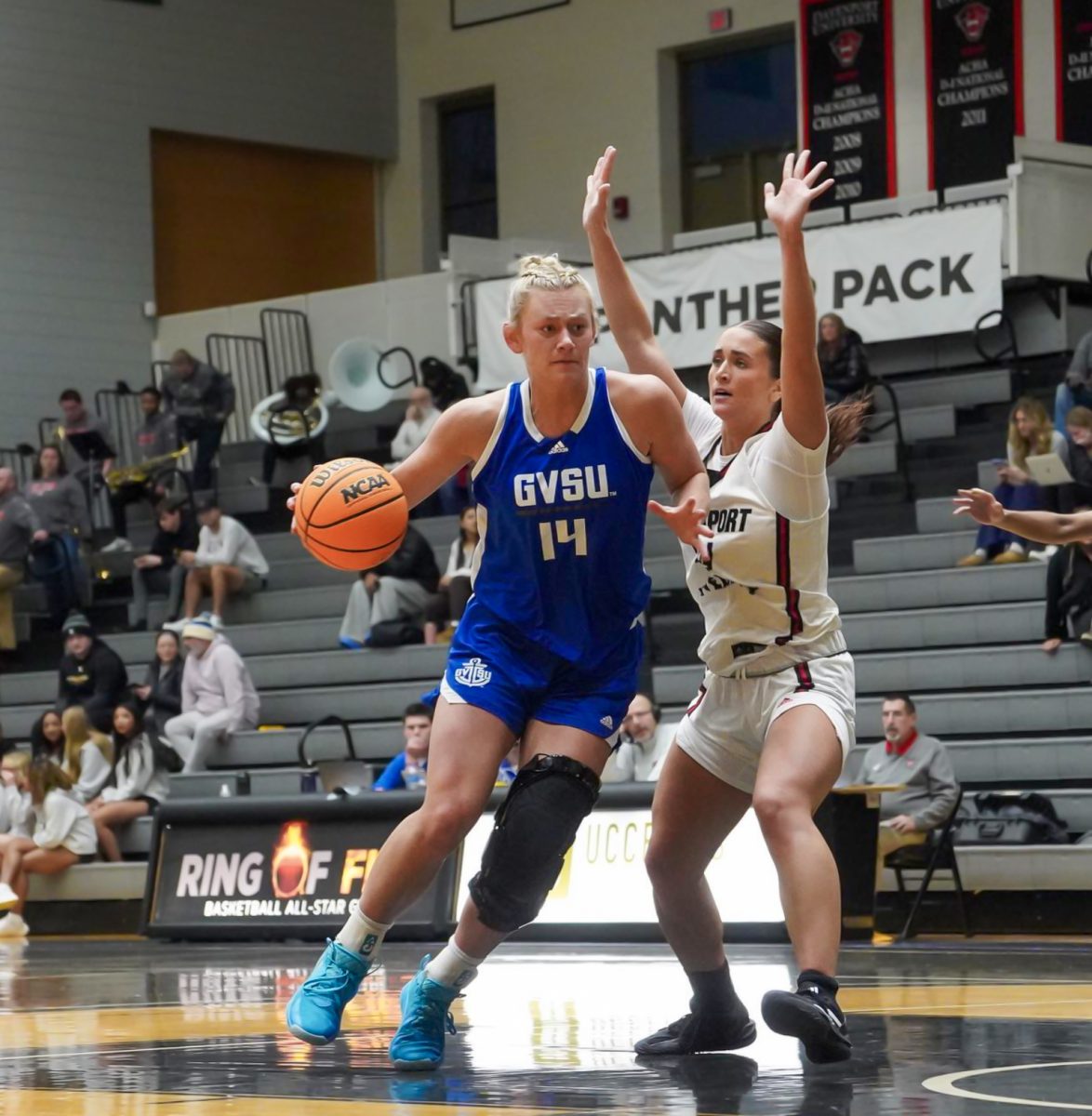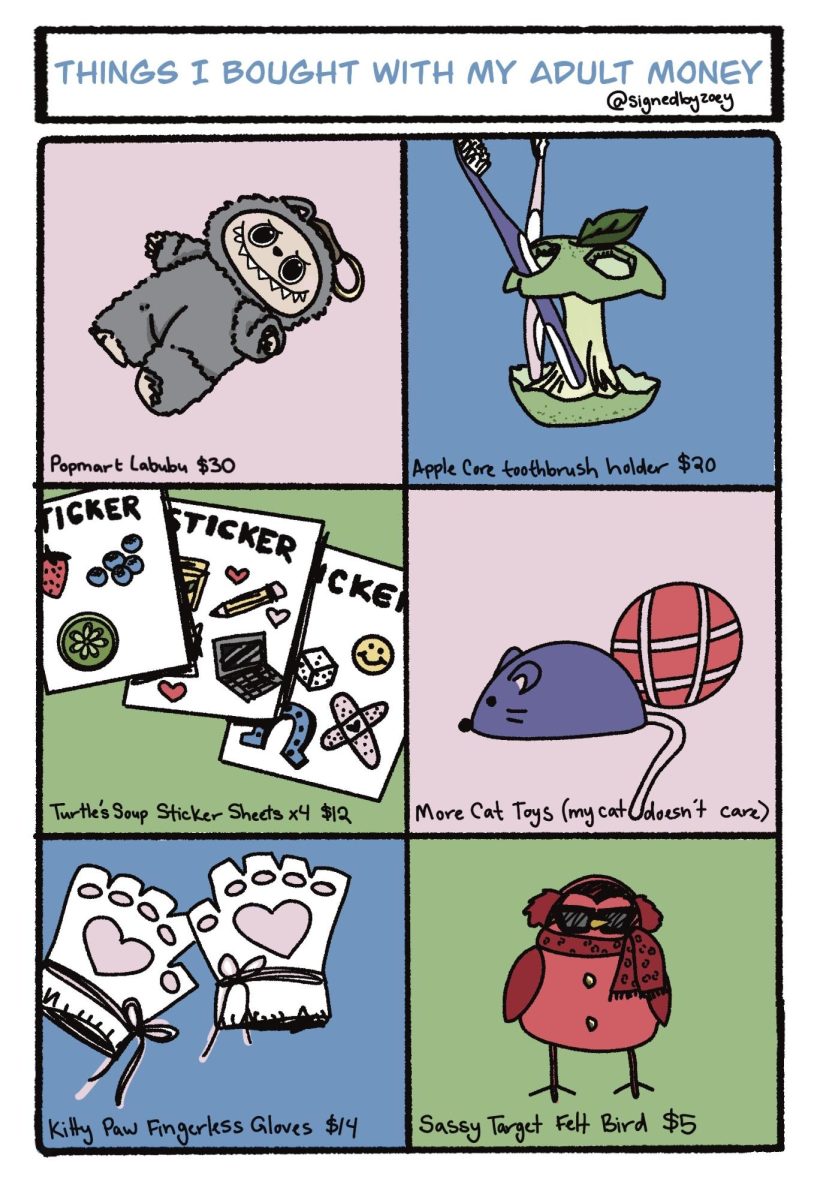GV utilizes contact tracing to stop COVID-19
Nov 16, 2020
With the COVID-19 pandemic quite literally plaguing the world as we know it, there have been many efforts to contain the virus. Contact tracing has been a key player recently with these attempts. In this effort, people who have been in contact with someone who has COVID-19 and could potentially be notified by officials and is asked to quarantine.
Contact tracing notifies close contacts are known to be the people who have been within six feet of an infected person for 15 minutes to 24 hours. These minutes do not need to be consecutive and are also constituted as exposure with or without a mask.
So there arises the question: but what if I don’t have COVID-19? What if I test negative? Doug Graham is a professor of biomedical science at Grand Valley State University with a background as a postdoctoral fellow in the Centers for Disease Control’s Division of Parasitic Diseases in parasitology, virology and epidemiology.
“You can’t test out of quarantine,” Graham said. “Given COVID’s 14-day incubation period, viral replication in someone who’s been exposed might be detectable on Day 2 or Day 6 or Day 12. A negative test at any point on that 14-day continuum only means that there wasn’t a detectable virus on that day.”
Rising cases in Michigan a statement was issued by the Michigan Department of Health and Human Services (MDHHS) saying that restaurants conduct contact tracing within their business and customers. These guidelines stipulate that only name, time of service and phone number need to be provided, the information provided by the customers won’t be given to a health department unless requested, and cannot be given to law enforcement without a subpoena.
Businesses, like with masks, have the ability to refuse service to customers who do not follow these regulations. This process has been implemented within the Grand Valley State University’s COVID-19 safety measures from the start of the year.
Carly O’Donohue, a freshman, said her experience with GVSU’s procedure was in line with what was happening around the state.
“My friend that tested positive that exposed me told me and then two days later I got a call from contact tracing notifying me about the next steps,” O’Donohue said. “She asked me if I had any symptoms, if I planned on isolating myself on campus or if I was going to go home, and letting me know I had to take a daily survey about my quarantine.”
O’Donohue said although the school offered her many resources throughout her quarantine such as food, a new place to stay, and other wellness updates, she decided to go through the quarantine from home. She believes that the tracing was done accurately and quickly based on her experience.
There can be a tangled web of connections of individuals within contract tracing that leaves the question of whether or not certain individuals are subject to quarantine.
“As much as possible, (the exposed) person should limit their proximity to others, including roommates,” Graham said. “The roommates on the other hand (a.k.a. contacts of a contact), are not subject to quarantine. If the first person starts to show symptoms and later tests positive (i.e. becomes a case), then the roommates will likely need to quarantine.”
In order to protect yourself and others from the spread of COVID-19 it is important to follow the guidelines set in place if you are called for contact tracing. If you have been exposed, filling it out on your self-assessment will lead to resources from the school and the next steps. Similarly, if you test positive you can report it on your self-assessment or call the GVSU COVID-19 hotline at (833) 734-0020 to start the tracing processes.





